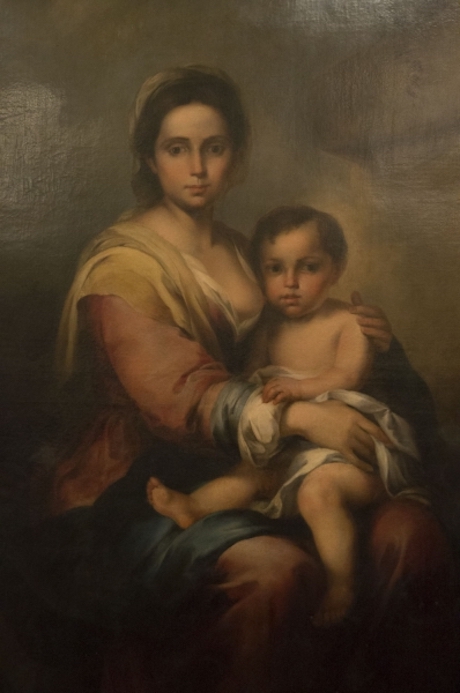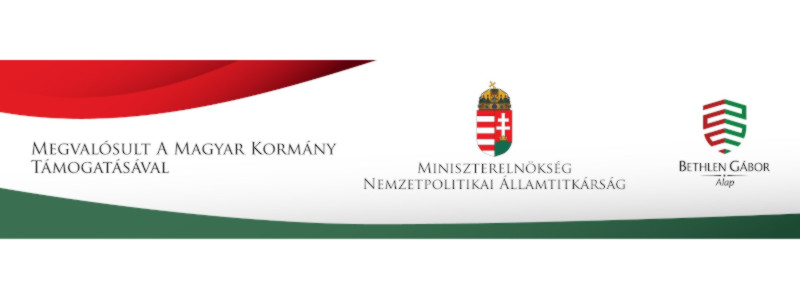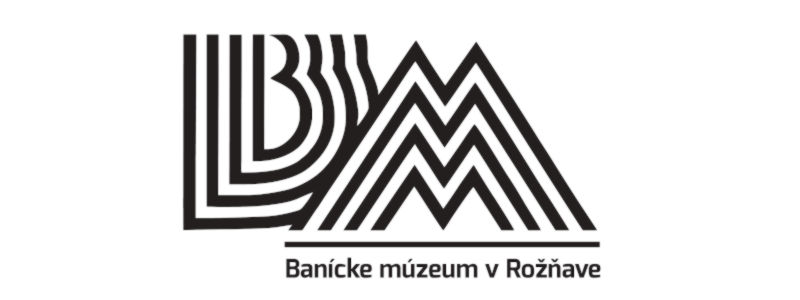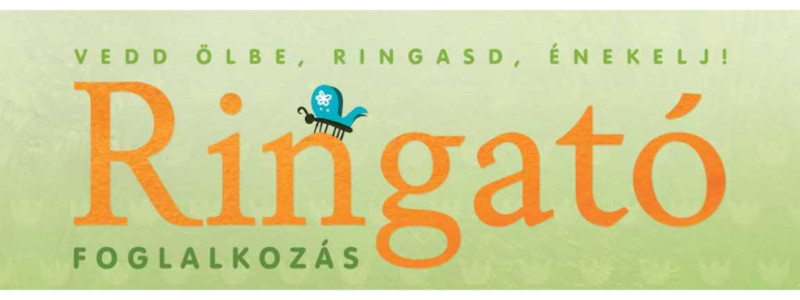Written by Gabriela Kutajová, Šaris Regional Gallery, Prešov, Slovakia
Translated by Zoltán Bartko
MaJel Rovás Centrum, Košice, Alžbetina 42
7. November 2017 - 28. November 2017
The new centre of Rovás, the House of Hungarian Presence hosted an exceptional exhibition. Only a single image was exhibited – a very good copy of the Iberian painter Esteban Murillo (1617–1682). The painting was found in a desolate state in Košice, Slovakia; after its renovation, its owner decided to show it to the public in a touring exhibition. The exhibition is open to the public in Košice until 28 November 2017.
The painting presented within the exhibition is a copy of the painting entitled "Madonna and Child", known also as the "Gypsy Madonna". The original is kept in the Corsini Gallery in Rome, Italy; it was painted in the 1660′s-70′s by Bartolomé Esteban Murillo (1617 Sevilla – 1682 Sevilla) of Andalusian origin. He was one of the "great four" painters of the "Golden Age" (Siglo de Oro) of the Spanish baroque, in addition to Velázquez, Ribera and Zurbarán. The picture is based on the iconographic image of “Madonna Lactans“ or “Virgo Lactans“ – the Virgin breastfeeding the little Jesus. In this case, the mother and child seem to be interrupted by the viewer - they focus on him/her to listen to his/her prayers.
Compared to the original work kept at the Corsini Gallery, the Virgin is somewhat younger and idealized on this picture. If we consider the fact that Murillo depicted the theme of Immaculate Conception on many paintings, where he painted very young Virgins (almost children), the presented work proves that the copyist knew Murillo′s works very well, and - considering the quality of the copy - maybe even Murillo himself. Since the master was surrounded by many assistants and followers, it is probable that this copy is the work of one of these.
There is no aureole around the heads of the mother or the child, nor is there any other sign of holiness – the picture depicts a simple rural girl from Spain (even though her garments are halfway to the “ideal outfit”).
The painter of the presented copy follows the style of Murillo faithfully - it is one of the best copies known. The fact that it is a confirmed copy of an identified original piece does not diminish the quality of the work. Moreover, this is a then-contemporary copy, which kept all significant characteristics of the original. From the aspect of art history, these old paintings – both the originals and the copies – represent significant value. Copying was a typical feature of the old arts (i.e. in the late medieval and early modern period), only modern art tends to overestimate the significance of originality.


















